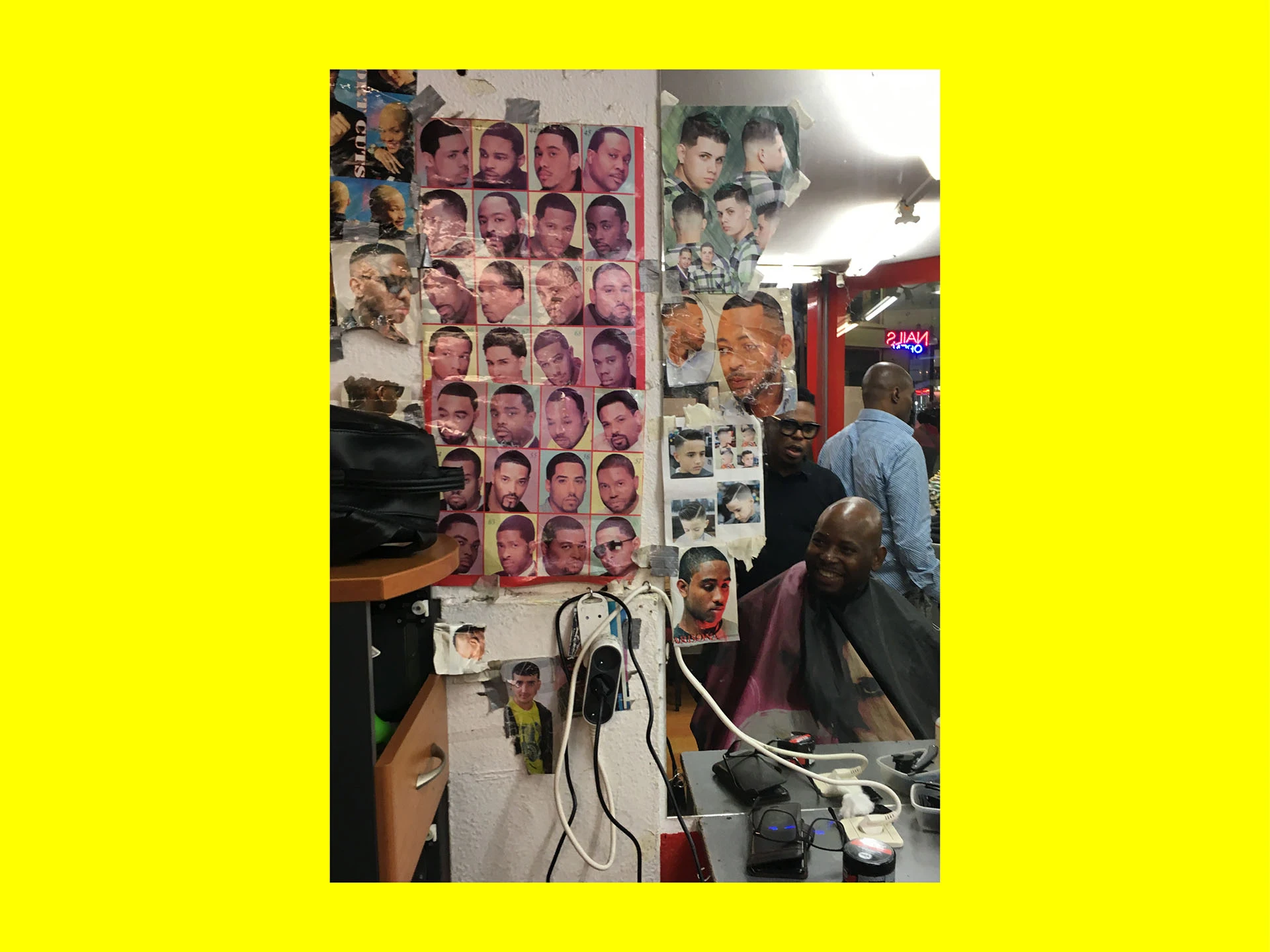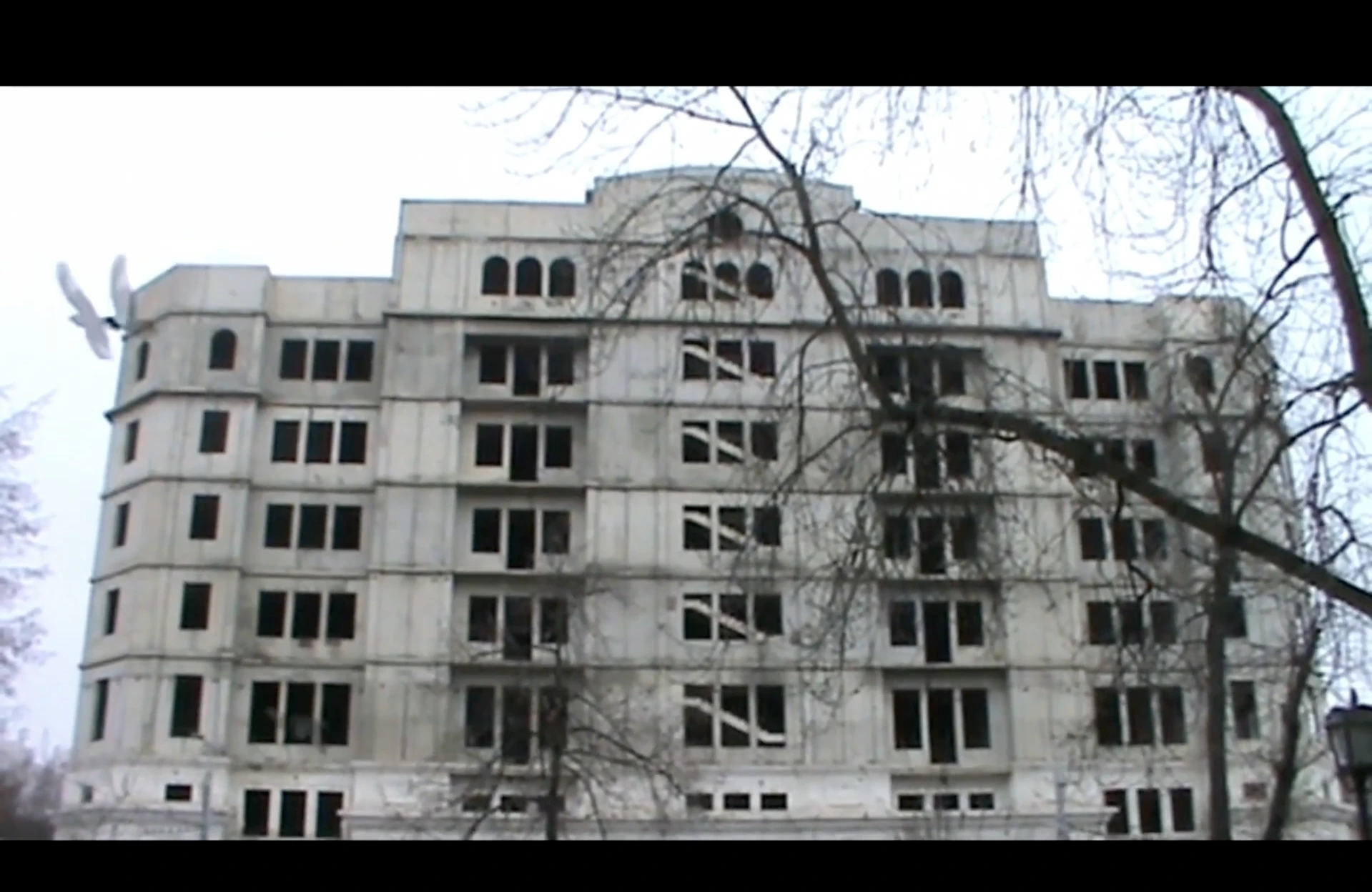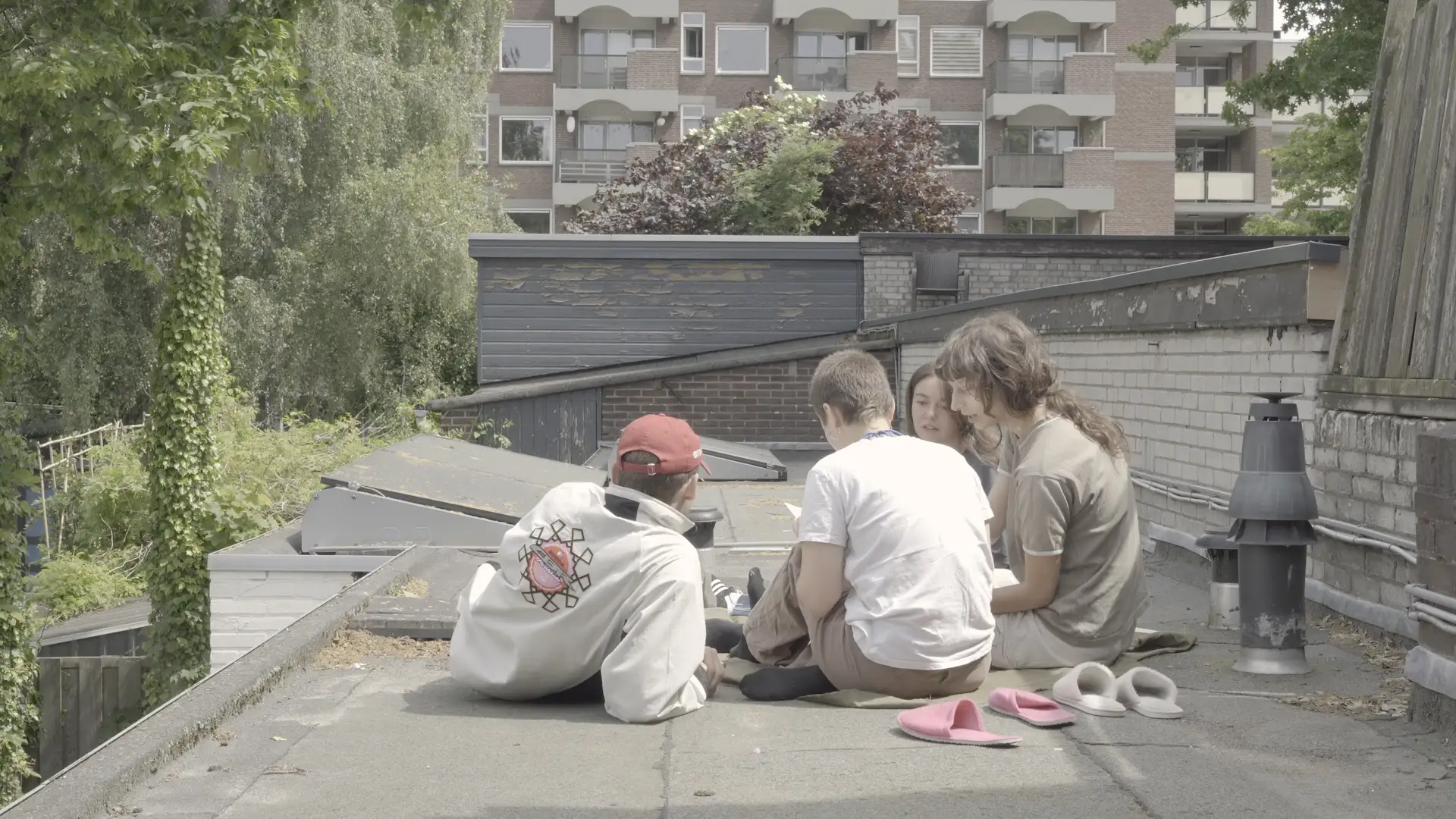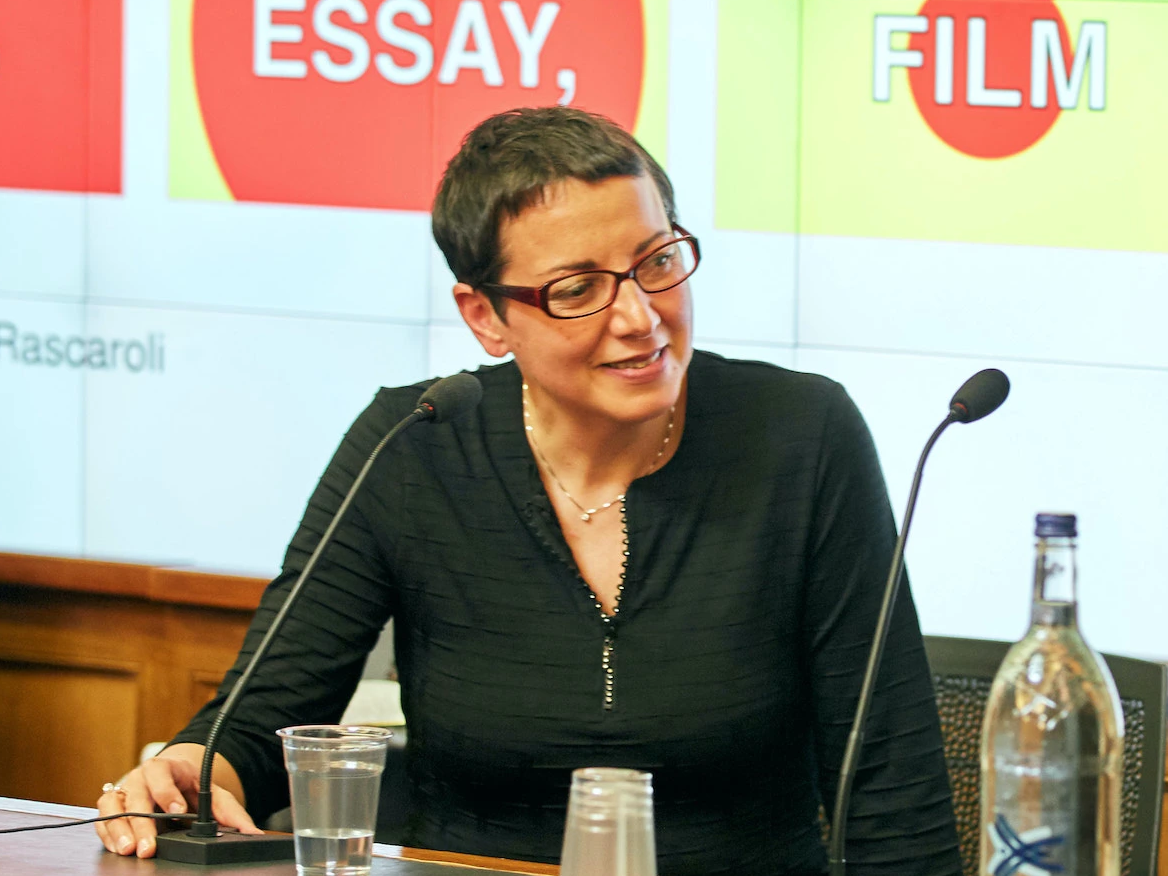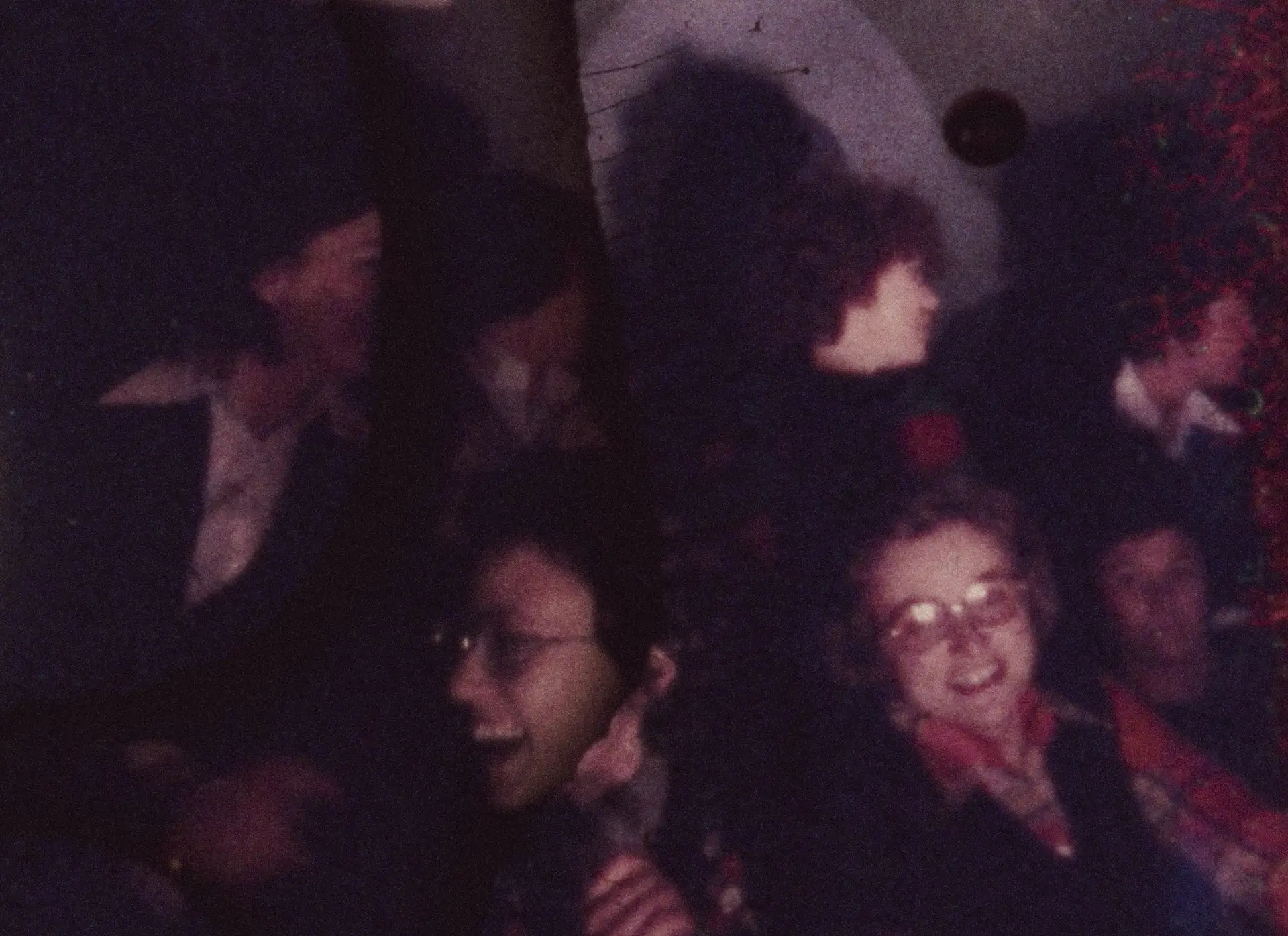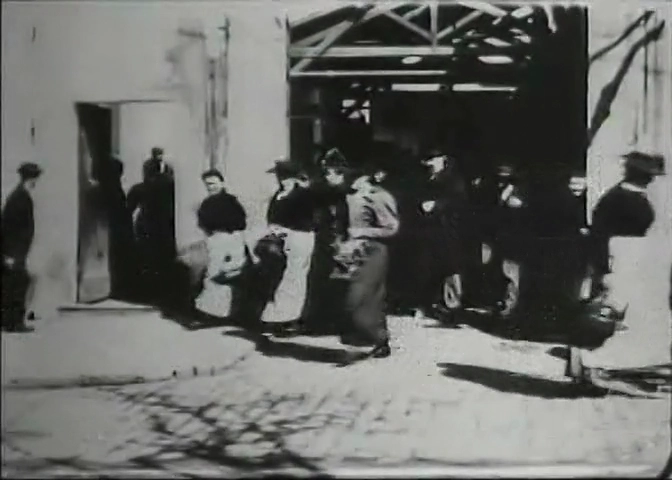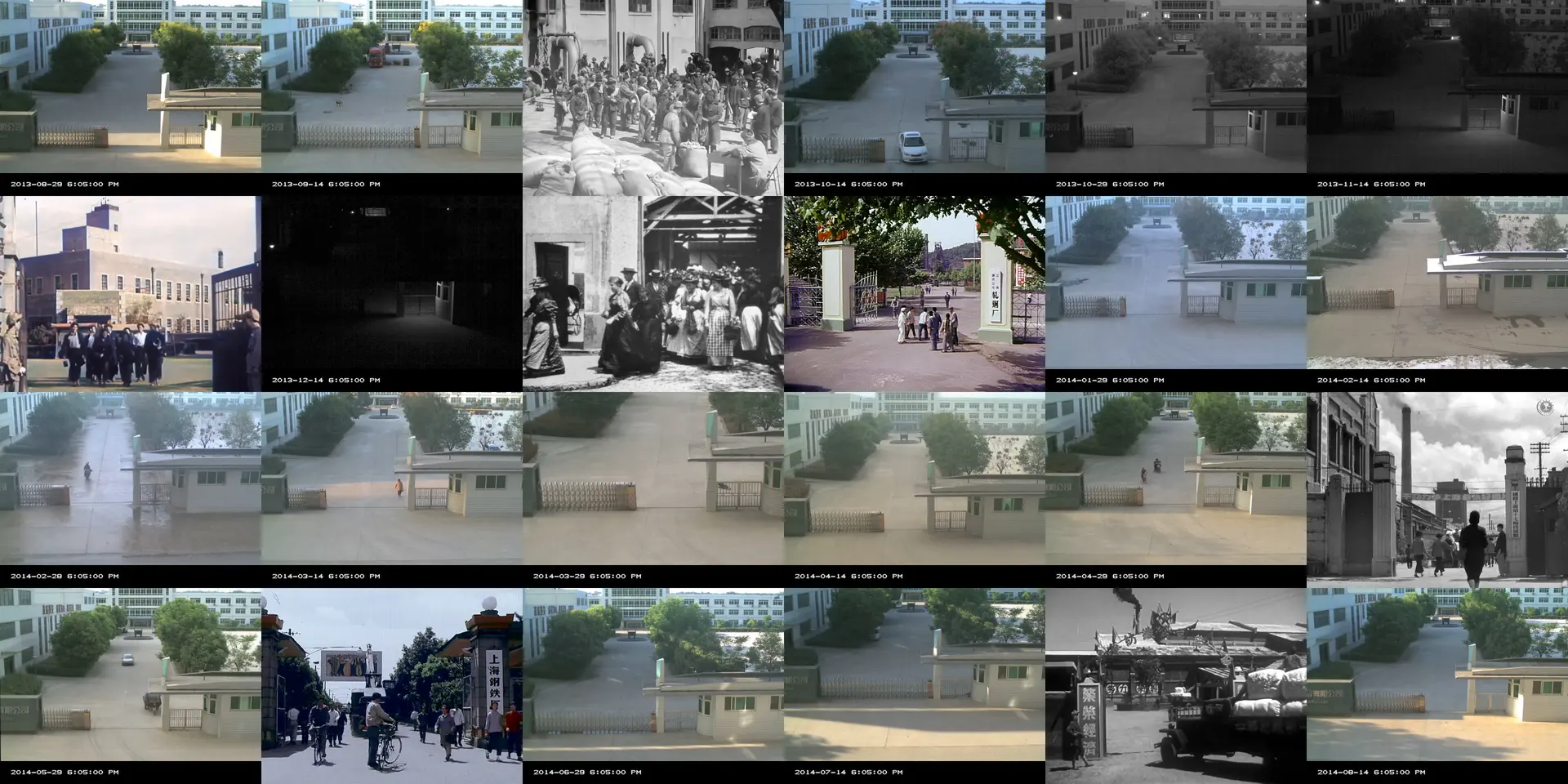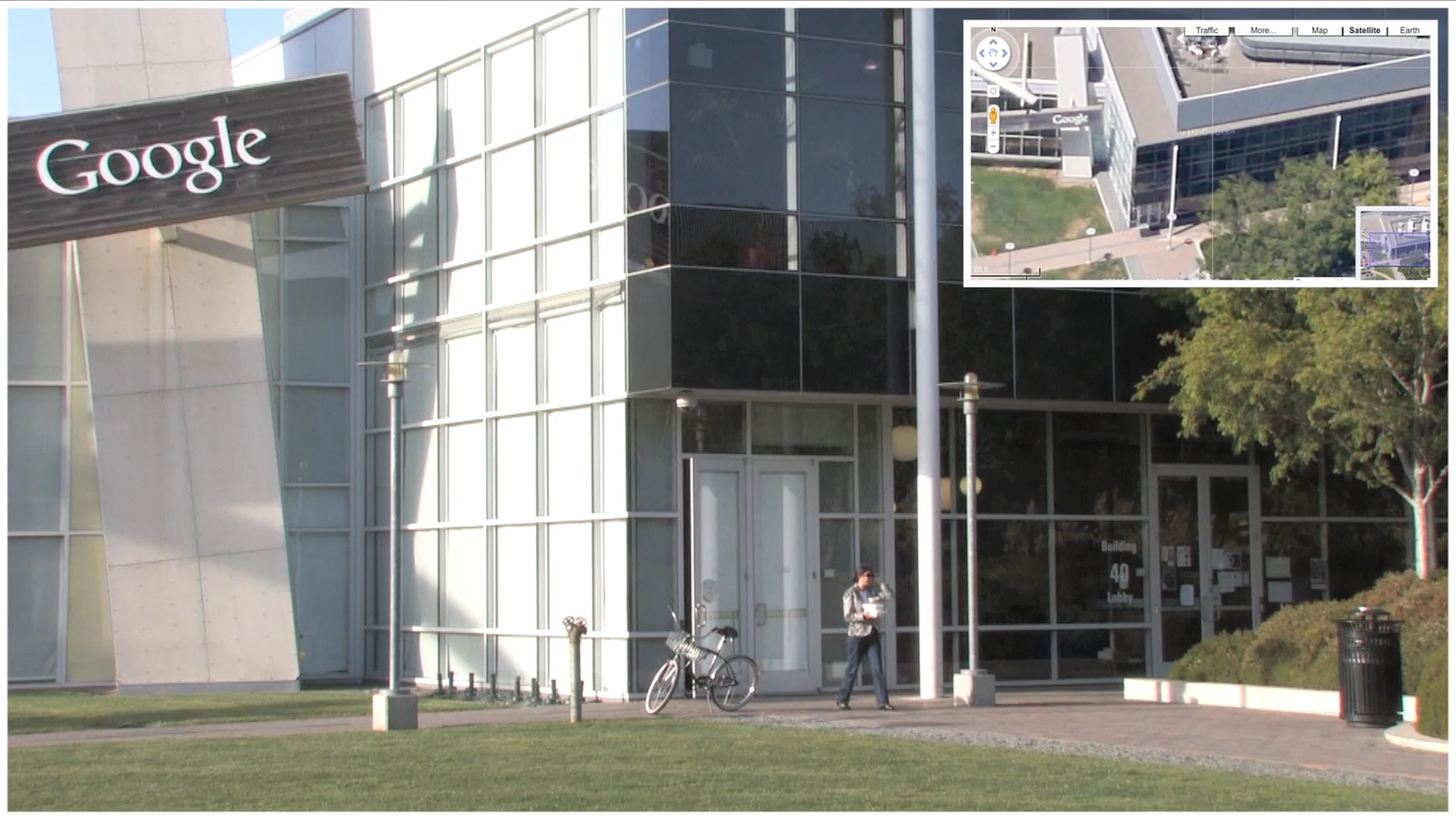Classics
Harun Farocki brought many innovations to the essay film. His classic Workers Leaving the Factory (1995) is part of our programme dedicated to essayistic responses to the famous ‘first film ever’ by the Lumière brothers from 1895. Together with Antje Ehmann, Farocki’s co-producer, we also selected two lesser-known titles that showcase his work as an essayist: Was ist Los (1991) and Gegen-Musik (2004).
The Netherlands has also produced significant essay filmmakers, as evidenced by Face Value (1991), Johan van der Keuken’s moving reflection on European identities at the end of the twentieth century. A film in which everyday portraits from the past become a prelude to the toxic politics of the present.
In De l’autre côté (2002), Belgian filmmaker Chantal Akerman explores the movements and emotions surrounding the US–Mexico border. Her cinematic style, with static frames and long takes, shows another side of the essay film, one in which, much like in the great montage films, contradictions lead to new perspectives.
Widely considered the foundational essay film, Sans Soleil is a contemplative journey through memory, time, and distant lands – Japan, Guinea-Bissau, and the Cape Verde islands – blending personal reflections with observations on modern existence.
An emotional exploration on border politics, relevant now more than ever. Personal, plural and captivating in its ability to make us listen and watch carefully.
Johan van der Keuken’s formally distinct essay film navigates the politics of vision across Europe, but also experiments with cinematic portraiture in wild ways. Through a mosaic of vignettes—of faces, places, and voices—this classic essay film explores the desire and fear of being seen, the struggle for self-perception, and the tensions within shifting cultural landscapes. A prescient film in many ways.
Hong Kong Shorts
In Free to Choose (2023) by Bahar Noorizadeh, a businessman travels to the year 2047 to borrow money from his older self in a desperate attempt to save his company during the 1997 financial crisis. Room 404 (2024) by Elysa Wendi and Wai Shing Lee is set in a Hong Kong hotel room where time seems mysteriously suspended. In An Asian Ghost Story (2023), Bo Wang explores the peculiar history of the hair trade in Hong Kong during the Cold War.
ERROR: ROOM 404 A POTENTIAL THREAT – the courage and doubt of artists continuing to create in uncertain times, resisting the rising media control in Hong Kong.
A speculative sci-fi journey through neoliberalism’s promises and failures, where time travel becomes a metaphor for credit, access, and the cost of economic freedom.
A haunting meditation on Hong Kong’s role in Cold War trade, where human hair becomes a ghostly link between imperial histories, migration, and spectral memory.
In Focus: Kamal Aljafari and the Imagination of Palestine
Complementing Aljafari’s work, this block includes two films in dialogue with his approach. In Man Number 4 (Miranda Pennell, 2024), a viral image of captured Gazans becomes the subject of forensic scrutiny and ethical confrontation. Capricorn Sunset [a constellation] (Johannes Binotto, 2024) offers a meta-reflection on the emergence of meaning through constellations of fragments, reminding us that interpretation itself can be a political act.
Together, these films demonstrate the essay film’s power to question dominant narratives and create space for counter-images rooted in memory and resistance.
Zooming into a disturbing image of detained Gazans circulating on social media, our passive consumption and complicity of the genocide is questioned.
Exploring boundless space for meaning-making. This essay film opens our eyes to the interplay of images, memory, and personal interpretation.
Red silhouettes draw an alternative future in looted Palestinian archival footage. A compelling film re-interpreting a past and possible future.
In Focus: The Films of Harun Farocki
His essay films invite us to look (and think) again: how do images shape our reality?
This leff in focus block explores Farocki’s resistance to classification through two relatively unknown films. In collaboration with his long-time co-producer Antje Ehmann, Gegen-Musik (2004) and Was ist Los? (1991) are presented as radical examples of Farocki’s approach.
Gegen-Musik (Counter-Music) showcases Farocki’s interest in “soft montage.” We see two screens side by side, inviting us to draw comparisons. The images, sounds, and words may seem arbitrary, but gradually, meaningful connections emerge, different for each viewer.
Was ist Los? (What’s Up?) is among Farocki’s most exuberant projects. As Ehmann puts it: “his craziest long essay film! Here Harun really pushed the limits of associative methods to combine words, images, thoughts, and ideas in an extreme way. He said he felt drunk while making it—but he wasn’t!”
Gegen-Musik, originally intended as a two-screen installation, sees Harun Farocki examine surveillance footage, exposing how the interplay of image and sound structures perception, authority, and control.
In Was ist los? Harun Farocki dissects media narratives and televised imagery in reunified Germany, exposing how everyday broadcasts shape public perception, ideology, and the construction of “reality.”
How do the media portray the images we associate with abortion? And how do these affect women who want to have one? An impressive blend between desktop and personal aesthetics.
In Focus: The Films of Nguyễn Trinh Thi
We present two of Nguyễn’s most significant essay films: Letters from Panduranga (2015) and How to Improve the World (2020–2021). Both works reflect her sustained interest in resisting dominant ways of seeing, and her approach to sound as a political and epistemological phenomenon.
This leff In Focus block includes an introduction and a discussion with the festival’s main guest, Laura Rascaroli.
Do you trust sound or image more? Listen closely to the sounds and images of the Indigenous peoples in the Central Highlands of Vietnam.
Explores the erasure of indigenous Cham culture amid Vietnam’s nuclear power plans through a letter exchange between a man and a woman.
Listening with the Other
In the work of sound artist Angus Carlyle and Anthropologist Rupert Cox listening opens up layered forms of presence and the troubling memory of war. Multimedia artist Judith Westerveld explores sound as the active site in which identities are built in a colonial and post-colonial context. Sound artist Toshiya Tsunoda delves deeply into the vibratory nature of things, and sound collector and musician David Petráš reveals how environment and music entwine reality and local mythologies in histories of survival in the Carpathian mountains.
Exploring the memory of Okinawan islander Yogi-San and his experiences sheltering from the 1945 US Naval bombardment, the resonant space of the cave turns war memory into a way of listening.
Through a multilingual response to a sound recording from a man called Mukalap, in the no longer living language !ora, colonial legacies echo through.
An audiovisual meditation of a language and culture from a colonial past, “moving through time, reflecting on the truth of the people forgotten”.
Rather than documentary or naturalistic, sound artist Toshiya Tsunoda’s field recordings explores the relation between space and cognition, the depth of the landscape and the vital breathing of things.
Practices of witchcraft and healing rituals in folk songs and stories of survival from older women living in remote locations on the border zone of Slovakia, Ukraine, and Romania become transition zones to a mythical, unknown world.
New Perspectives
These films speak from situated perspectives, often both personal and political, and find their expression in the fragmentary, poetic, and hybrid possibilities of the essay film. Desktop recordings, negative film, archival footage, field recordings, voice-over: these are not merely techniques, but ways of thinking through a subject from within.
Mariam Jafri vs. Maryam Jafri explores identity and authorship through a sculptural work that shifts from object to photo to video, each stage marked by superimposed watermarks. Jafri's self-reflection questions the commodification of art and the fluidity of value in a global context.
A poetic reflection on artificial light and the disappearance of night. In this imagined future, nature flickers in pink and black – disrupted, studied, and slowly fading.
“The enduring material bond between soil and soul”; entanglement of the earth’s materiality and the inner world, poetically reflected upon by a young Czechian artist.
How can one travel the world by still staying put? The journey of discovering the story behind a poster hanging at an African barbershop’s window.
Exploring industrial decline’s lingering impact through past trauma – Haunted, the Hollow reflects on memory, community, and the uncertainty of the future.
The Southern Thruway weaves a personal story about housing precarity with the political idea of belonging, exploring themes of uncertainty, forced collectivity, transcience, and unconventional love.
We are honoured to open the festival with a lecture by our main guest Laura Rascaroli (University College Cork), whose seminal books The Personal Camera (2009) and How the Essay Film Thinks (2017) have shaped contemporary understanding of the essay film. In her talk, Rascaroli will reflect on the historical and aesthetic continuities of the genre, with reference to and fragments of many notable essay "films.
Undead Voices (2019–2021) explores the remnants of 1970s Italian feminist activism through a decaying Super 8 film. Blending archival fragments, personal memory, and sound collaborations, it reimagines how lost histories can speak.
Workers Leaving the Factory
Departing from the iconic image by the Lumières, this thematic block brings together contemporary essay films that question the (in)visibility of labour under global capitalism, as well as the cinematographic challenges this entails.
Harun Farocki’s Workers Leaving the Factory (1995) serves as an anchor. In his analysis of the original Lumière film, Farocki points out that cinema rarely shows factories as workplaces, but more often as sites of arrival and departure. He demonstrates how the image of workers leaving has, over time, become increasingly stylised, repetitive, and staged, a visual cliché that reveals something about the uneasy relationship between film and labour.
The block also includes Workers Leaving the Googleplex (2011) by Andrew Norman Wilson and Ho Rui An’s Twenty-Four Cinematic Points of View of a Factory Gate in China (2023).
The very first ever film shown in public. The film has cast a lasting influence on filmmakers, specifically essayists, mainly for https://book.kijkhuis.bioscopenleiden.nl/en/#/book/118517
An investigation of a factory gate in China leads to an in depth reflection on the history of cinema and capitalism.
A surreal investigation into hidden labour at Google, where access, surveillance, and exclusion expose the deeper hierarchies shaping the digital economy and corporate power.
A spiritual sequel to the Lumière brothers’ iconic 1895 film, Harun Farocki’s Arbeiter verlassen die Fabrik traces how the image of workers exiting factories has persisted—and evolved—through cinema’s history.
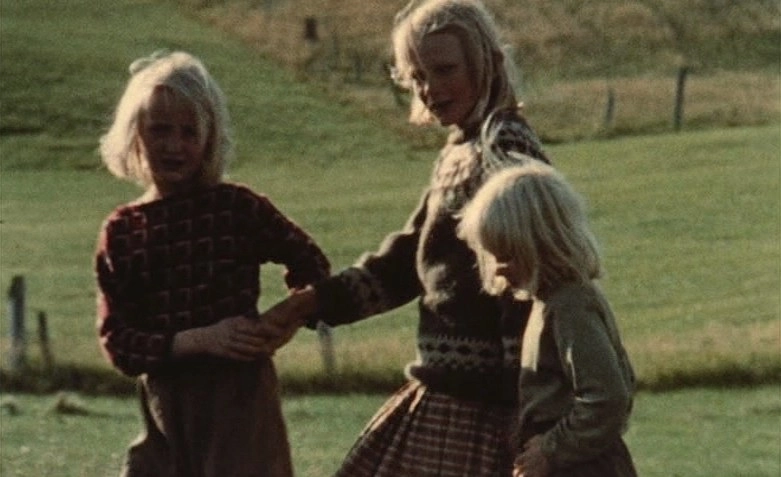
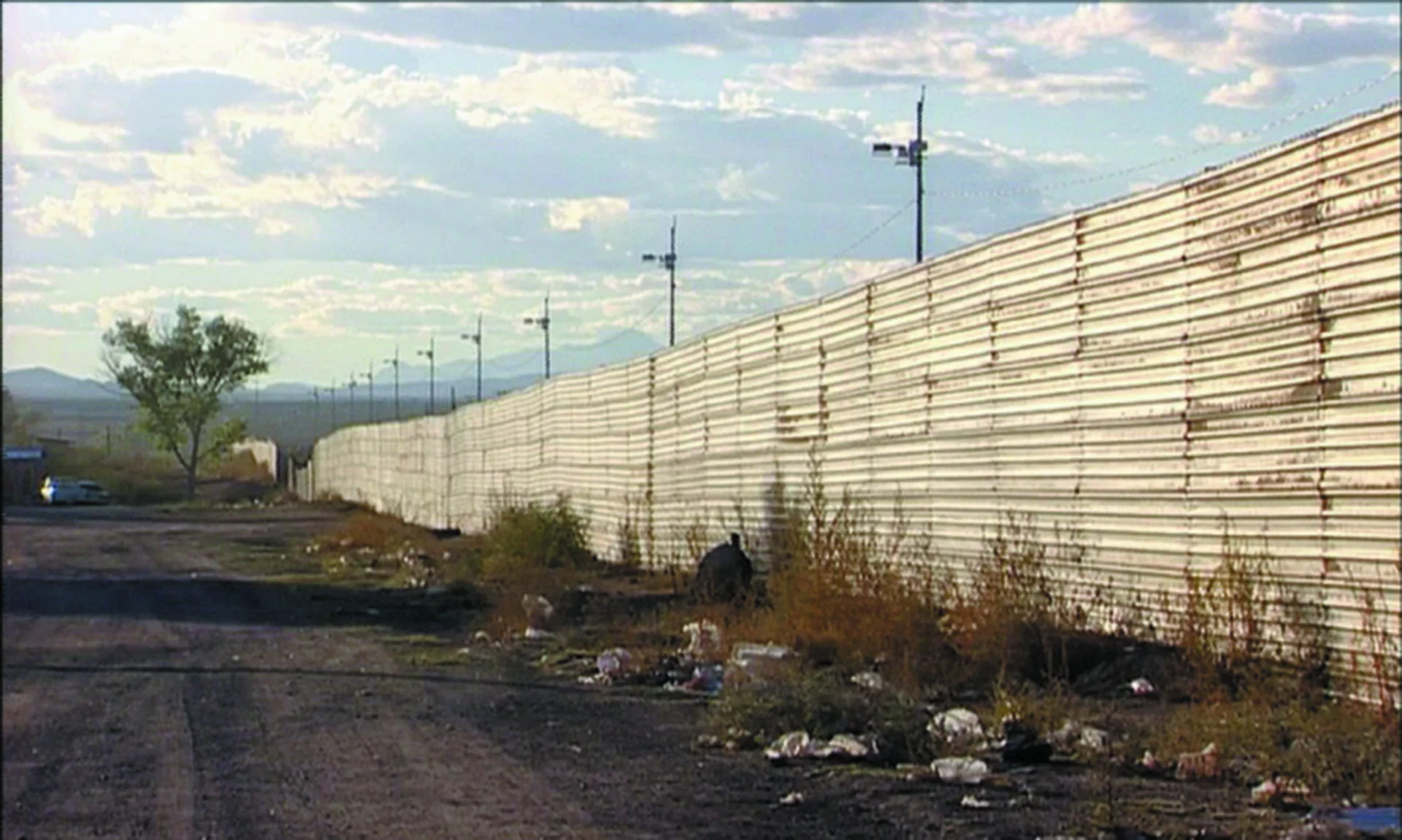

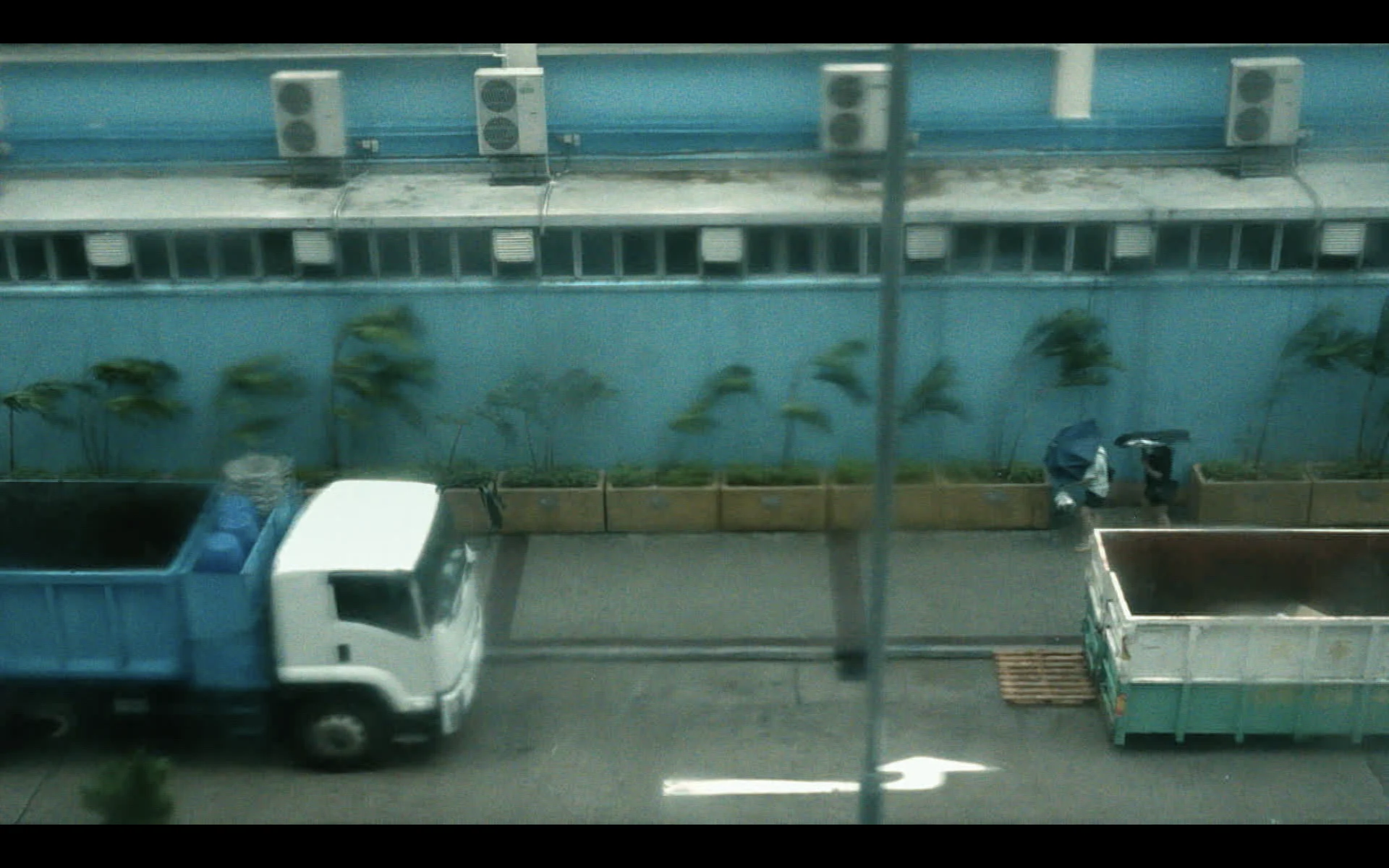
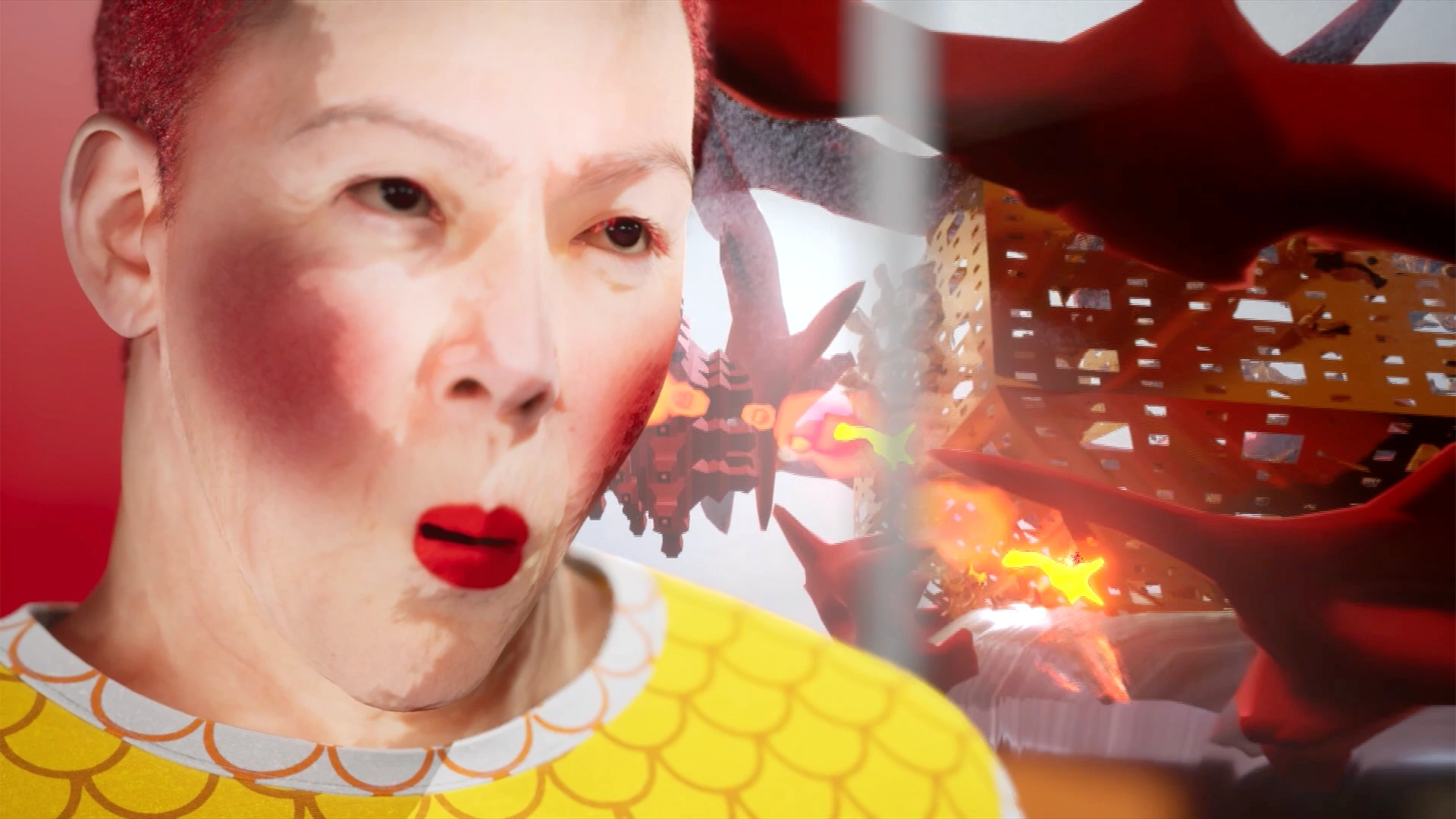
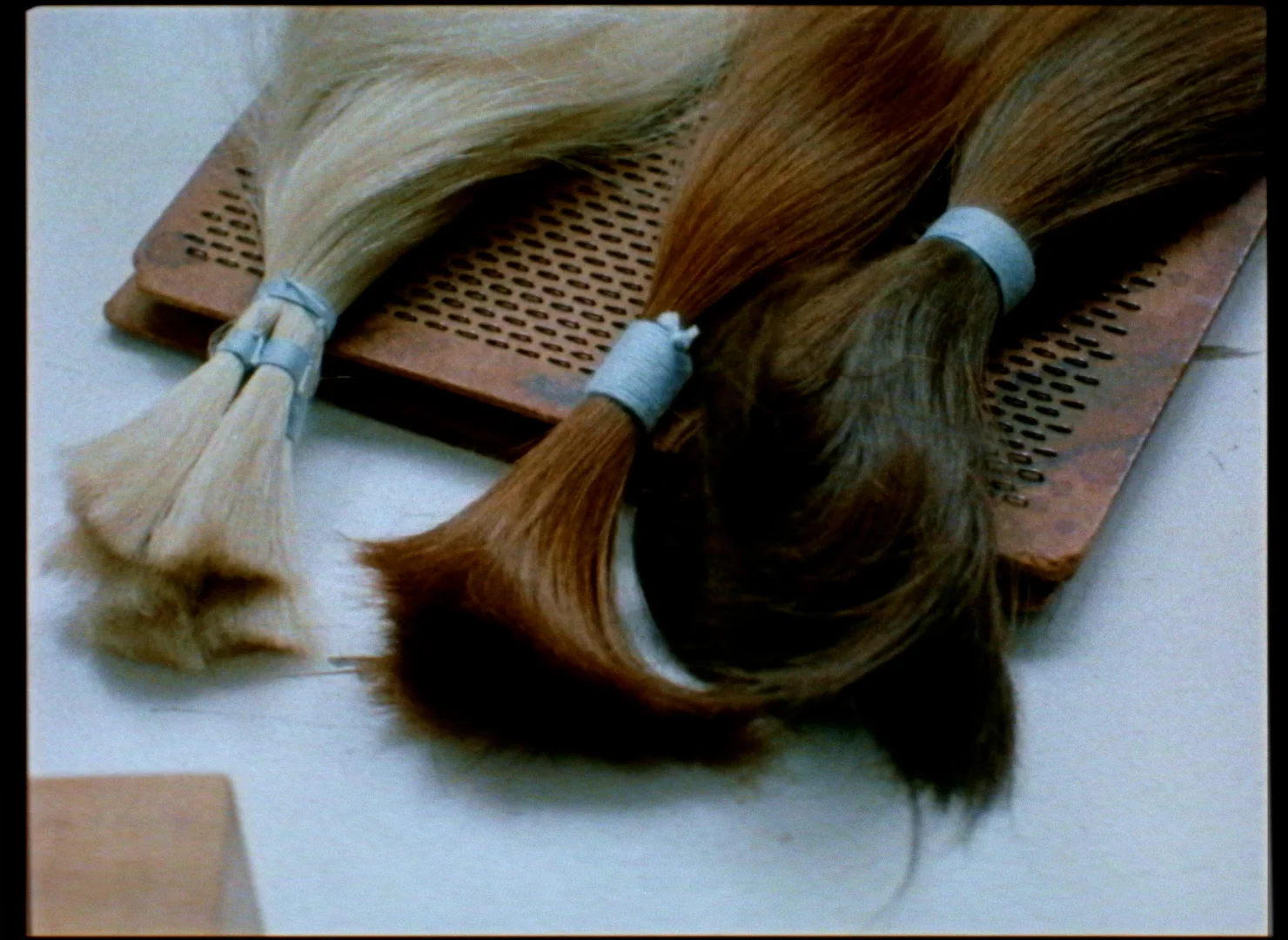

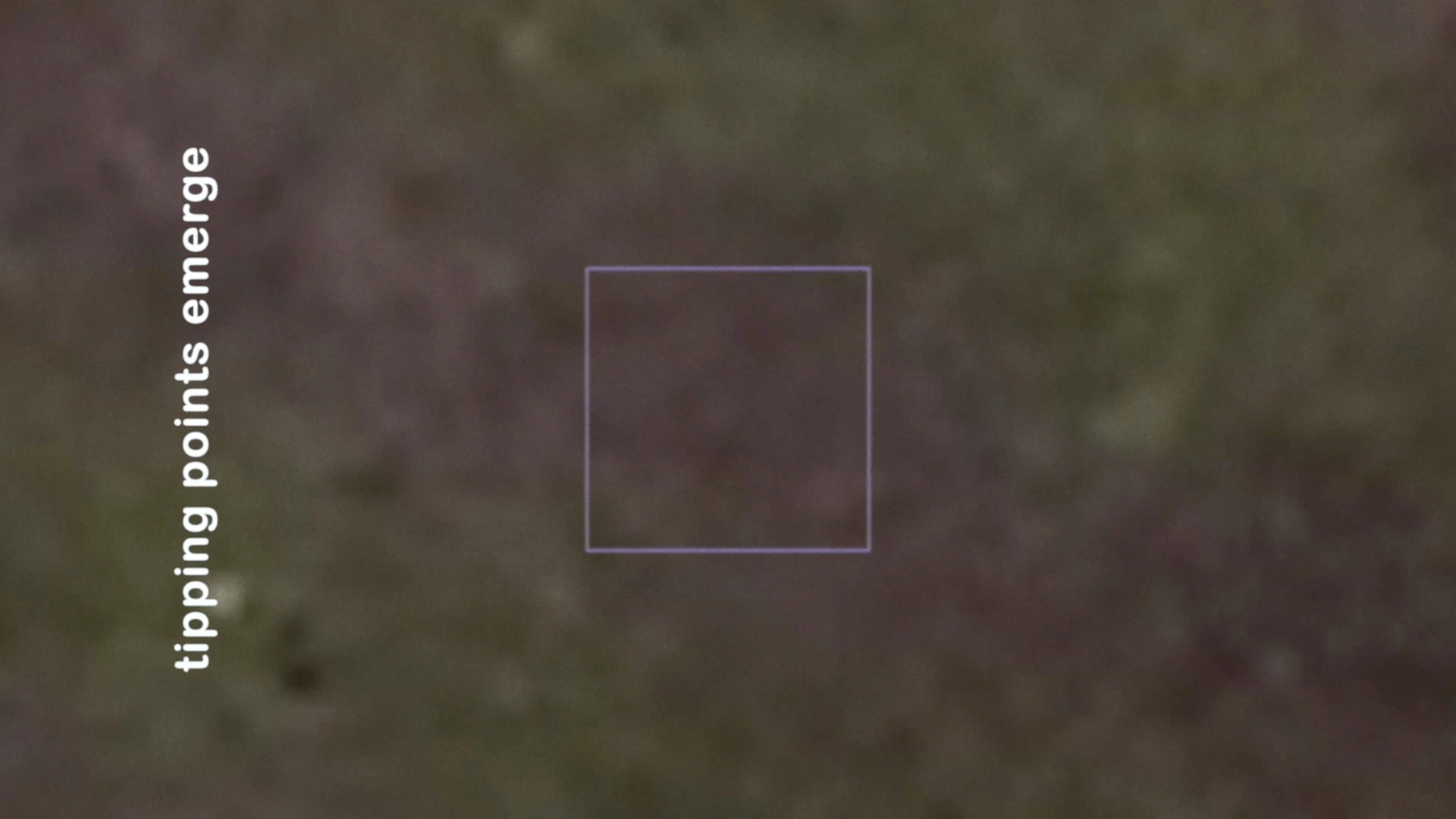
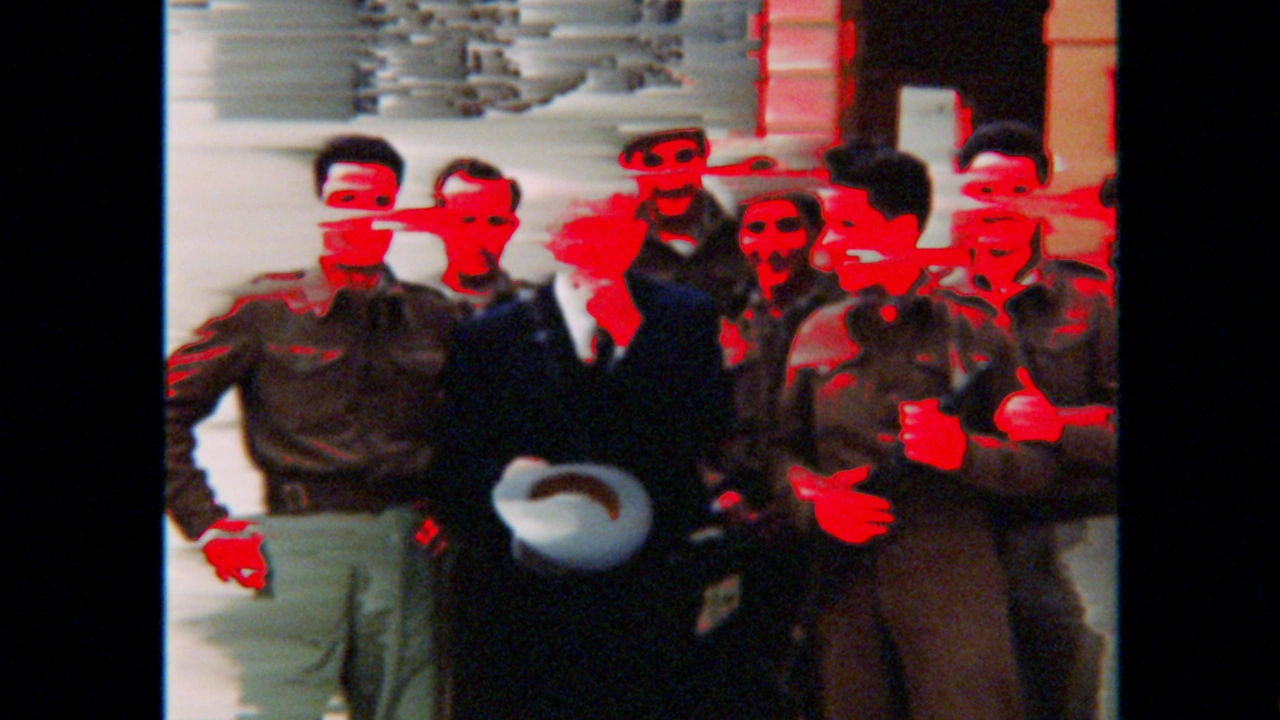
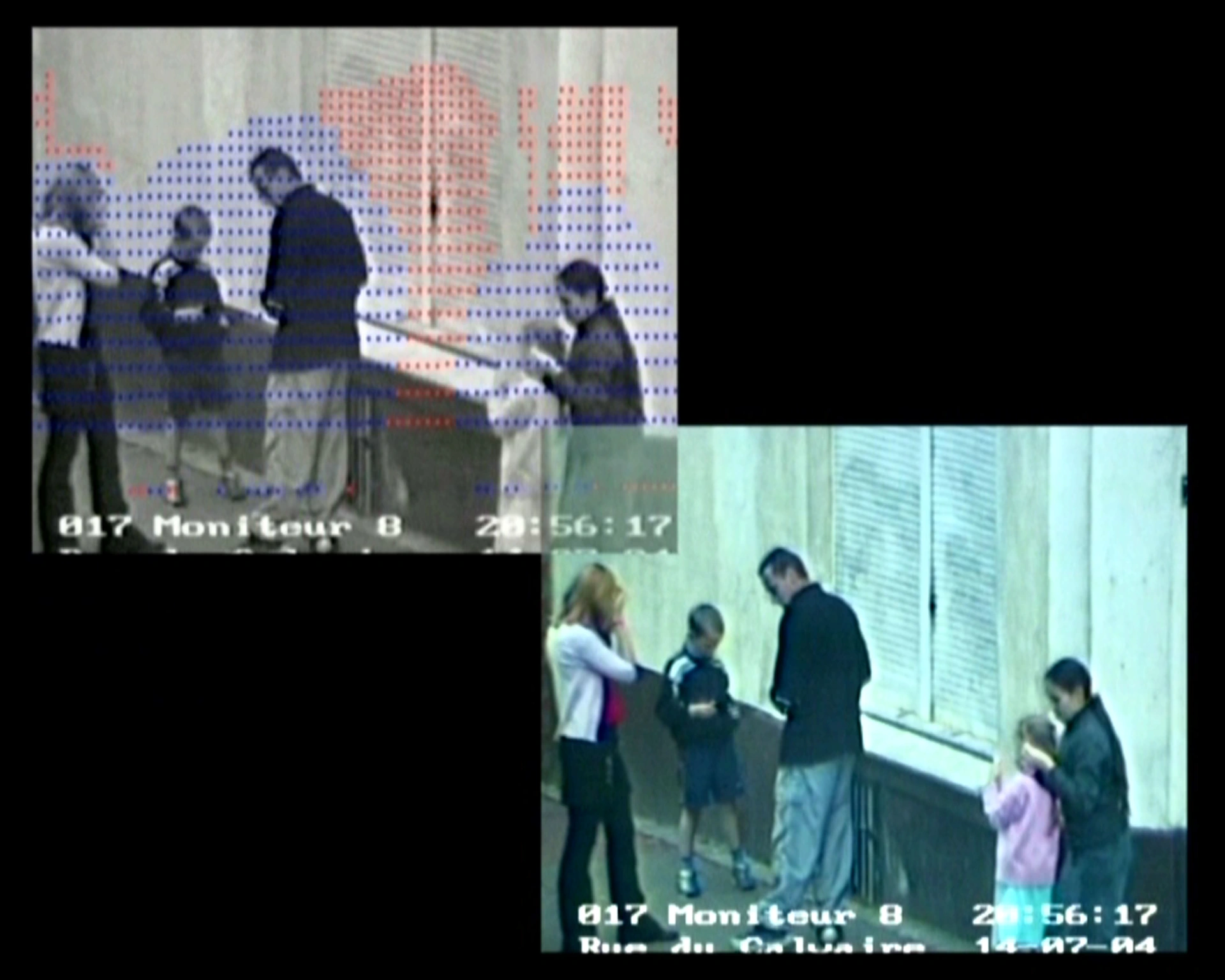
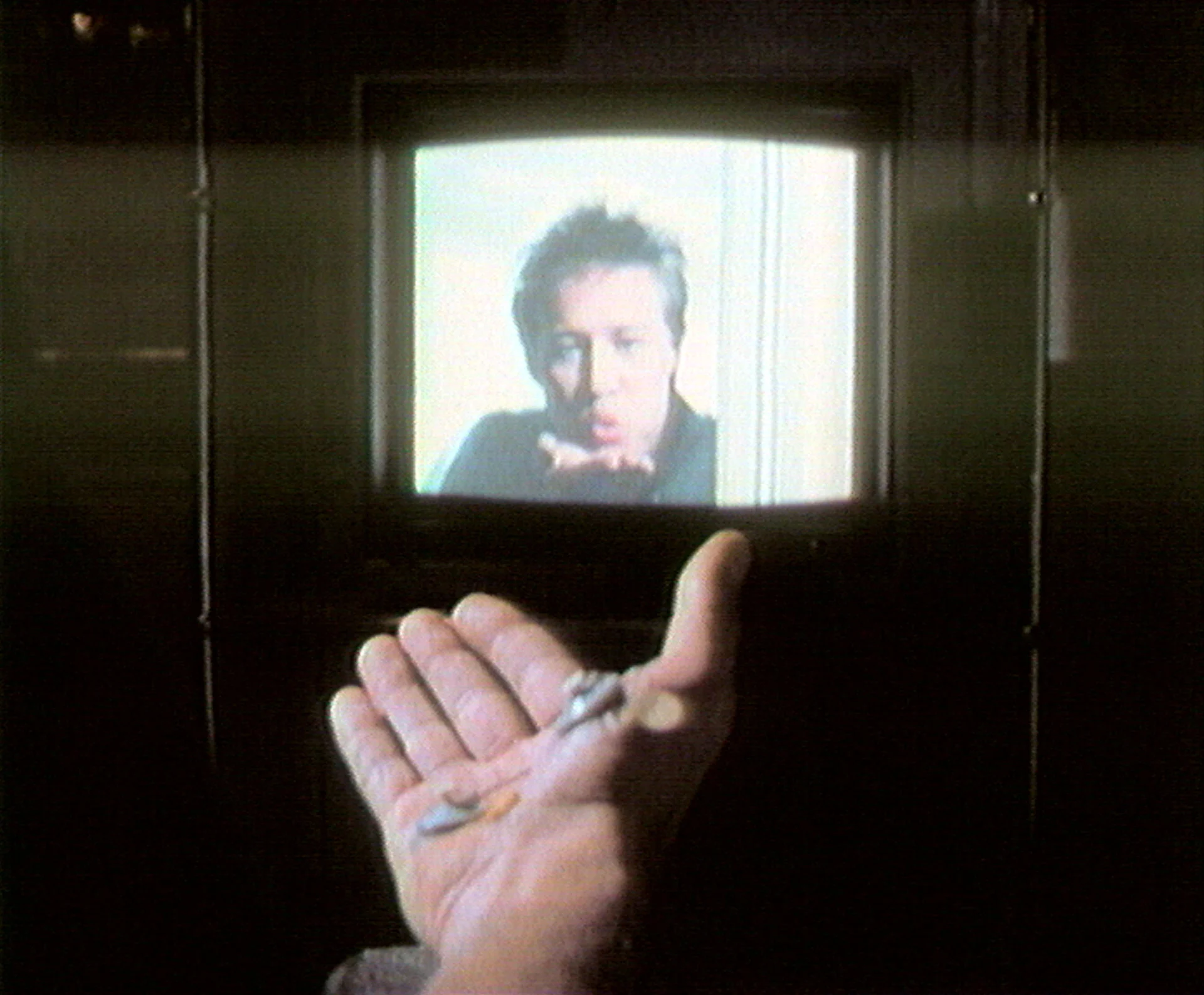
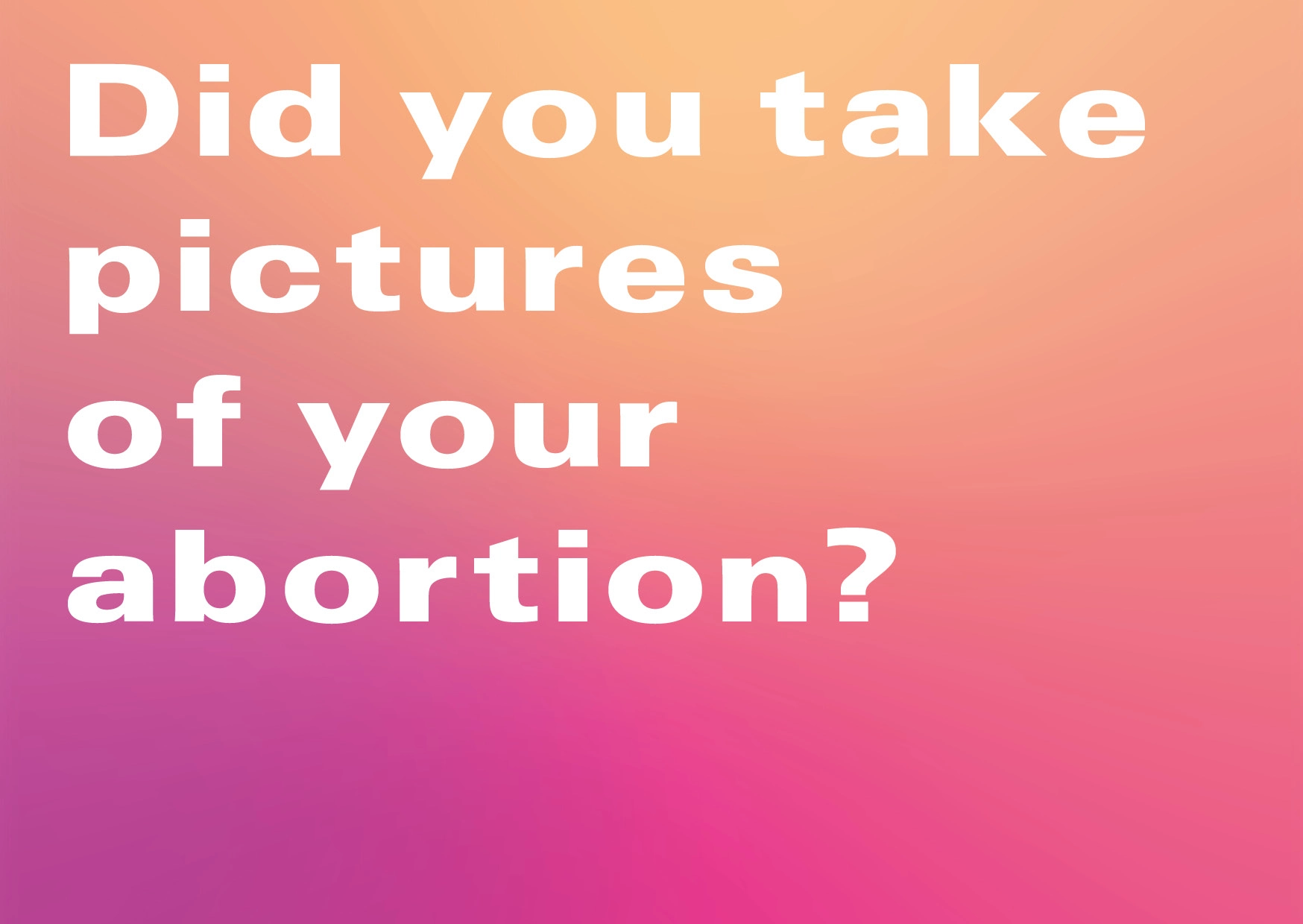


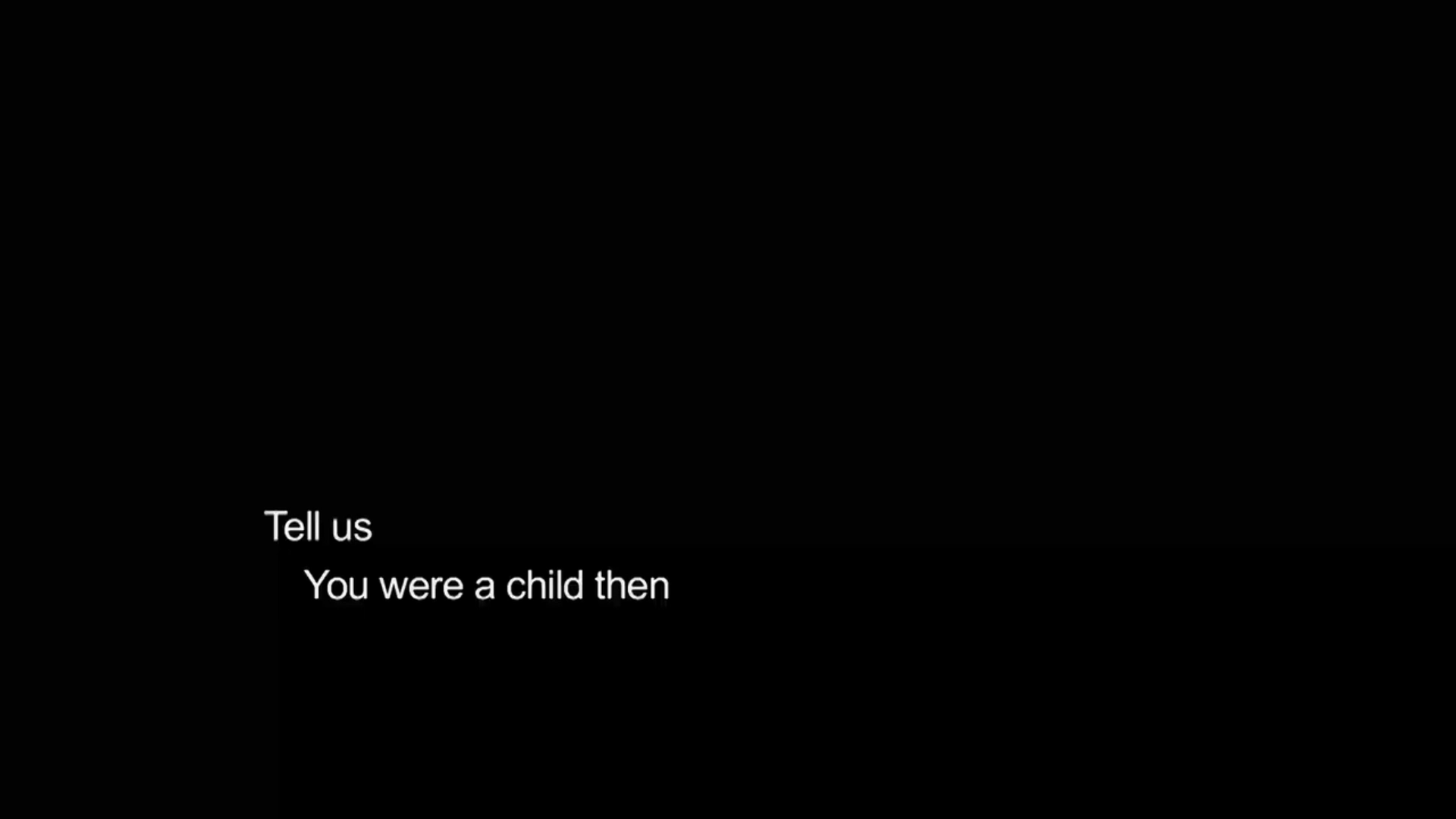
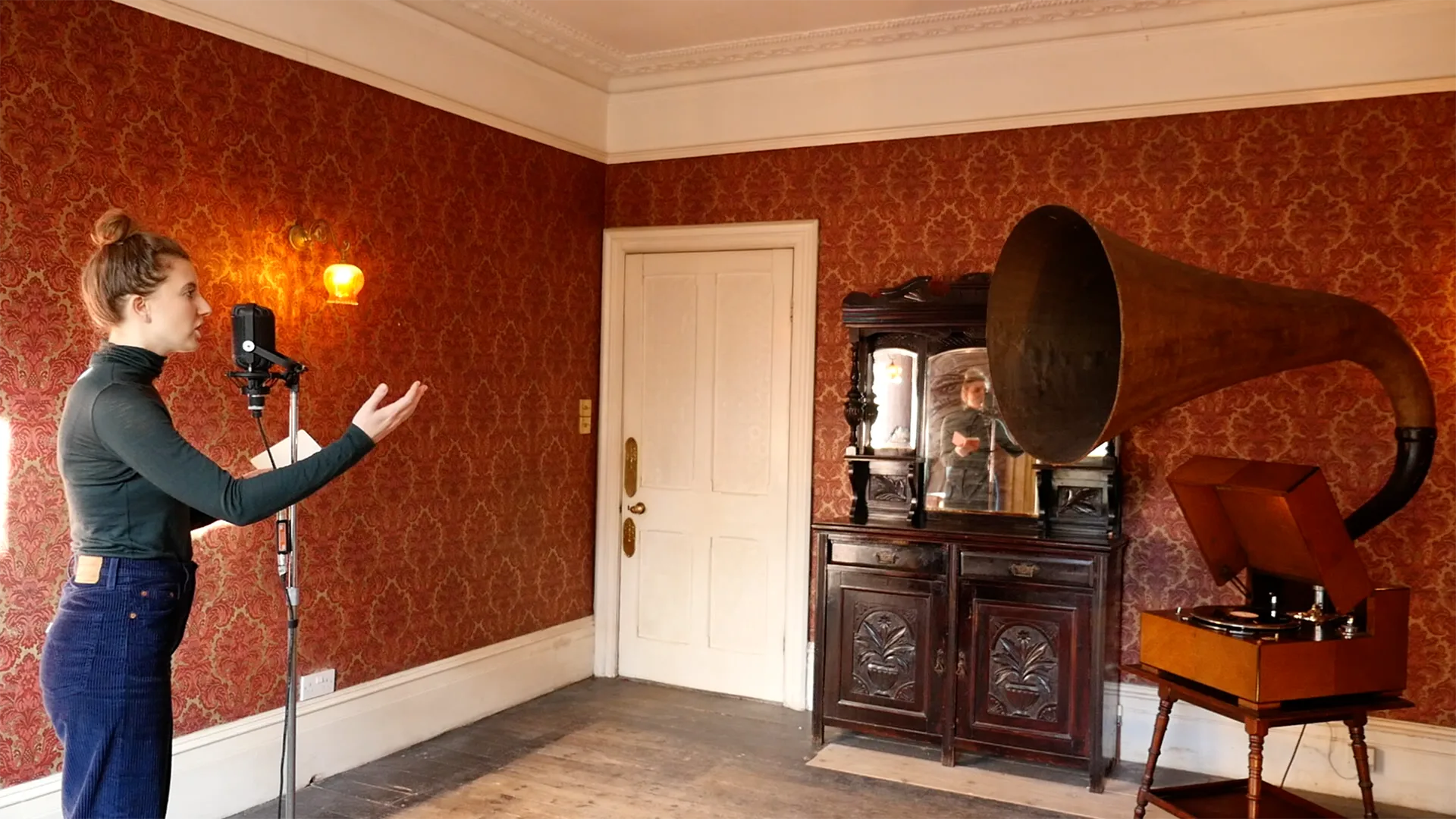
.webp)
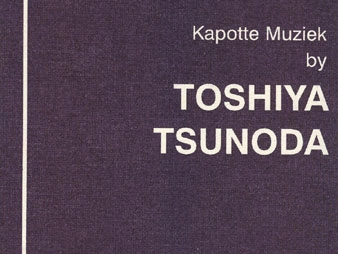
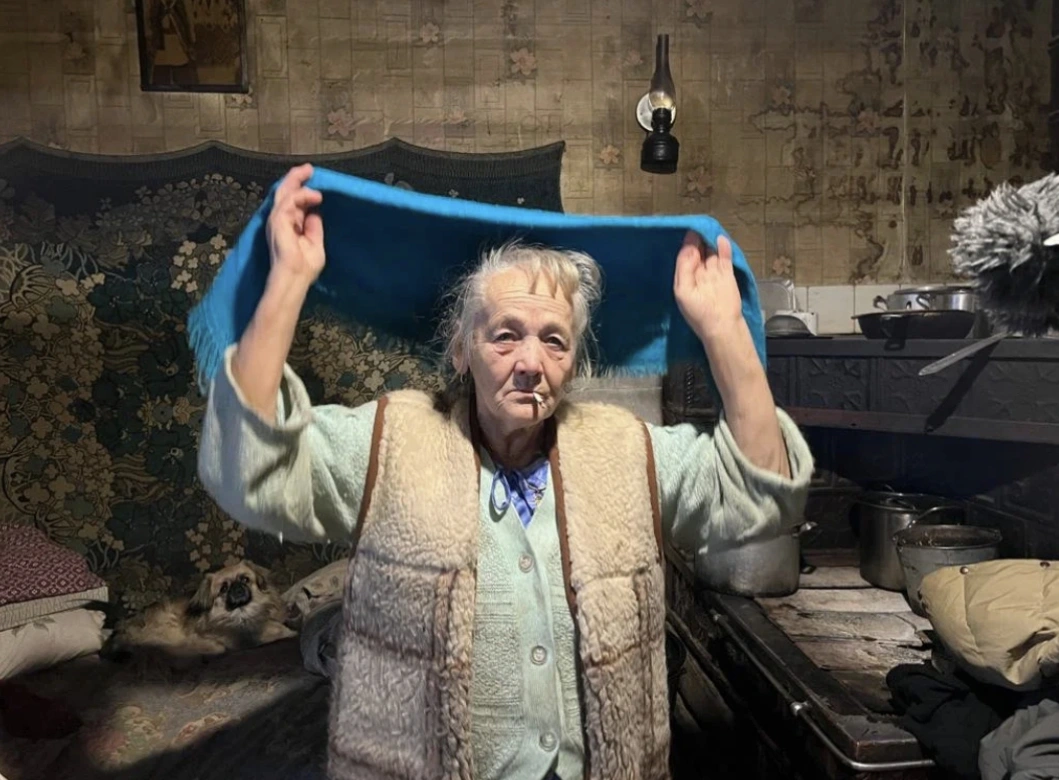
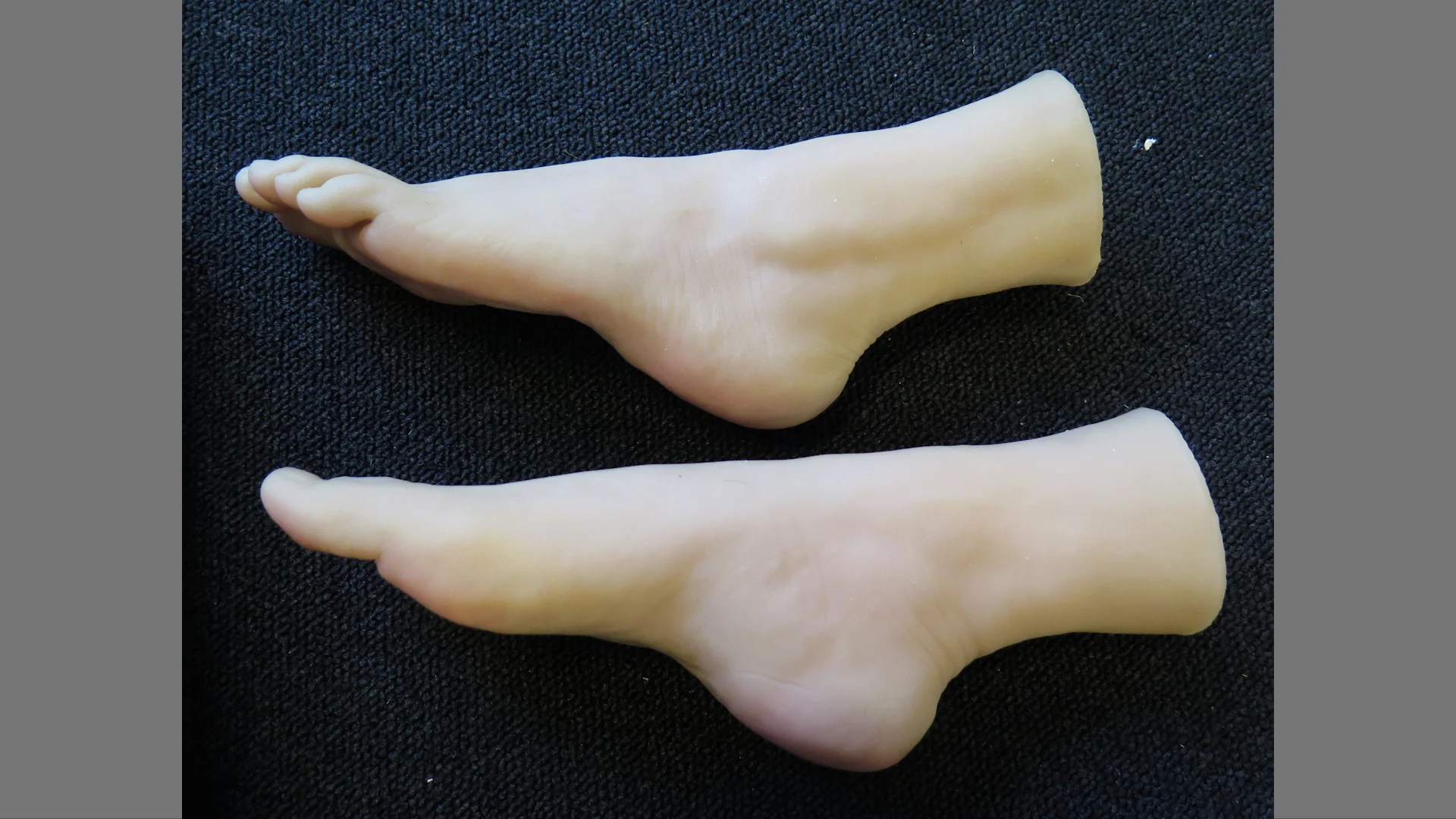

.webp)
